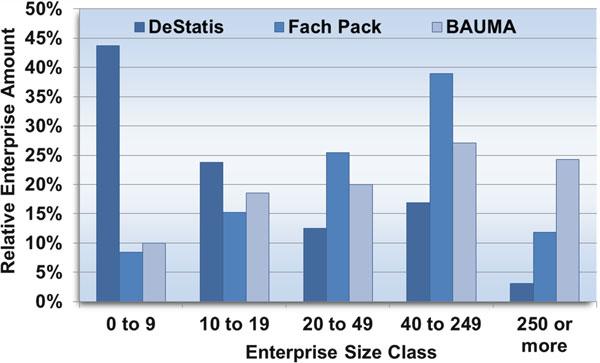17 In Times of Economic Crisis: Innovation With, or Without, R&D Activities?…
161
innovation is not limited to R&D alone (Hirsch-Kreinsen 2008; Kline and Rosenberg 1986; Nelson and Rosenberg 1993; Nelson 2000). Taken as a whole, the literature about non-R&D innovators (Arundel et al. 2008; Bougrain and Haudeville 2002; Freel 2003, 2007; Muscio 2007) has highlighted the following: (a) non-R&D activities matter when innovating (Arundel et al. 2008; Barge-Gil et al. 2011; European Commission 2008; Hervas-Oliver et al. 2011; Huang et al. 2010; OECD 2005); (b) engineering departments carry out activities that substitute for R&D functions (Pavitt 1982); (c) relationships with specialised suppliers and equipment suppliers enhance a firm’s innovation processes (Pavitt 1982); (d) process innovation occurs more often than that for products (Heidenreich 2009; Hervas-Oliver et al. 2011; Huang et al. 2010); (e) there are activities other than R&D which contribute to innovation, such as training, prototyping, or design, among others (e.g. Asheim and Isaksen 1997; Freel 2005; Santamaría et al. 2009); (f) SMEs, and low and medium technology intensive industries, are the most prominent users of non-R&D activities and in adopting non-R&D strategies (e.g. Griliches 1990; Heidenreich 2009; Hervas-Oliver et al. 2011; Kleinknecht and Reijnen 1991; Santarelli and Sterlacchini 1990); (g) the utilisation of advanced machinery for innovation is extensive (e.g. Barge-Gil et al. 2011; Heidenreich 2009; HervasOliver et al. 2011). Non-R&D innovation is mostly based on incremental problem solving and experimentation on the shop floor (Romijn and Albaladejo 2000: 4–5). These problem-solving activities, following Arundel et al. (2008), involve minor changes of engineering knowledge (e.g. Kline and Rosenberg 1986), reverse engineering (Kim and Nelson 2000) or adaption (Von Hippel 2005), and the recombination of existing knowledges (e.g. Evangelista et al. 2002) in new design forms or prototypes (Asheim and Isaksen 1997).
17.3 17.3.1
An Empirical Exercise Sample and Data
Our data was sourced from the Spanish Innovation Survey (the “Technology Innovation Survey” is the official name), administered by the Spanish National Statistics Institute (INE), and conducted in 2011. This survey was based on core elements of the Eurostat Community of Innovation Surveys (CIS). The methodology and questions used in CIS are described by the Organisation for Economic Co-operation and Development (OECD 2010). Our final sample covers 2,067 nonR&D innovators and 3,576 R&D innovators in 2011. We focus on technological innovators (both those engaged in R&D and those not engaged) due to the fact that technological non-active firms (firms which did not innovate) did not answer many questions in the survey. The sample covers NACE-92 2-digit industries from 14 to 74, including therefore manufacturing and service industries. The period covered was from 2009 to 2011 (3 years).






